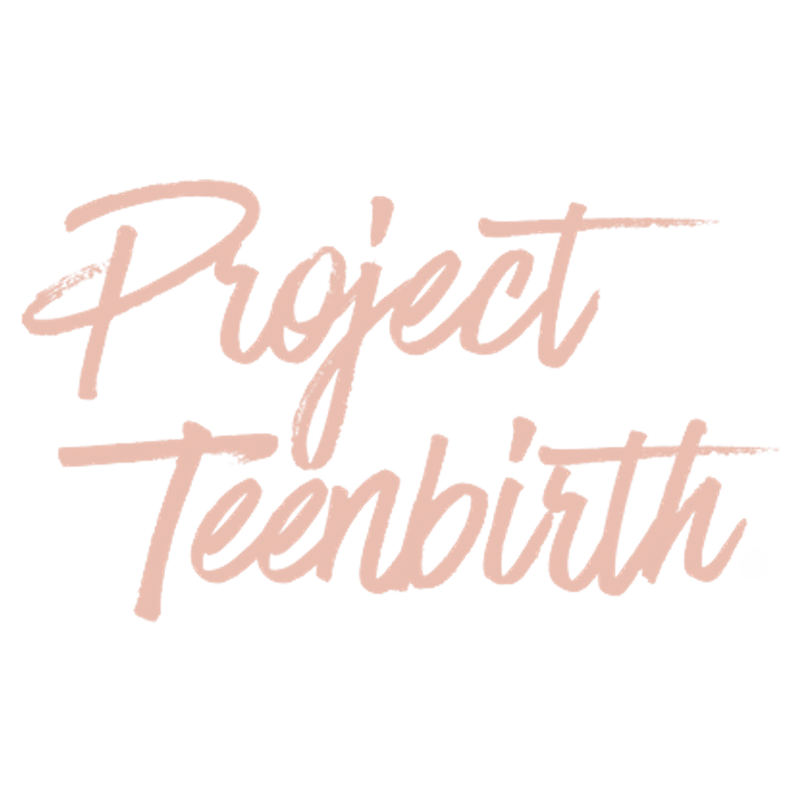The importance of creating your birth plan
Most mainstream media representations of labor and birth look pretty similar-- the waters break with a big gush, the birthing person goes to the hospital, they get in a gown and into bed, and birth their baby on their back, possibly with feet in stirrups, while a doctor catches the baby.
Here’s the thing… this is not actually how it goes down for a lot of people. In fact, maybe people feel only a trickle of water or don’t experience their waters breaking at all. Furthermore, you have a LOT more options for how your labor and birth will look and feel than these media representations offer.
One way to set intentions for your birth space, environment, and supports is to create a birth plan.
What is a Birth Plan?
A birth plan can start with a verbal conversation about your wishes, with your partner (if relevant), your doula, and/or your provider (midwife or doctor). It can also be translated into a 1-2 page explanation of your wishes that you can give to your provider. If you are working with a doula, you can ask them for support in creating a birth plan.
Why Might I Want a Birth Plan?
Giving birth is a big, impactful, and whole-body experience. As we shared before, there are also a lot of options for what the labor and birth journey can be like. When you take the time to create a birth plan, you are giving yourself time and space to consider what you want this experience to be like.
You will take time to consider fears, needs, preferences, boundaries, and comfort measures. Through this process, you will become more familiar with yourself AND the options that are available to you.
“Making a birth plan is largely about understanding what will influence your birth, like how your provider and hospital approach birth. It’s also important to understand that birth is an unpredictable process. You can’t plan your birth and your provider can’t plan your birth (no matter what they might tell you). You can of course have birth preferences, or wishes! Understanding the unpredictability of birth and remaining flexible during your birth are key to being satisfied with your experience.”
Dr. Nicole Calloway Rankins, OB/GYN, as quoted on The Educated Birth
what might i consider when creating a birth plan?
Your unique medical history, pregnancy, location, and/or insurance may influence or change the options that are available to you. Within your individual set of circumstances, we invite you to do research, ask questions, and trust yourself as you make the choices that are best for YOU.
Below you will find 10 aspects of labor and birth that you can explore and set intentions around, as presented on this comprehensive “birth goals” freebie from The Educated Birth:
Birth Site: Options include home, birth center, and hospital
Care Provider: Options include midwife, OBGYN, and family physician
Support Team: Options include partner, family members, friends, and birth doula
Birthing Outcomes: Options include vaginal, induction, and cesarean
Comfort Measures*: Options include wearing your own clothing, eating and drinking as desired, playing music, using birth balls or peanut balls, cold compresses, changing positions, physical touch/massage, aromatherapy, tub/shower.
Interventions**: Options include artificial rupture of membranes (AROM), augmentation or induction, vaginal exams (as suggested or limited), IV/saline lock/no IV unless medically necessary, clothing, type of electronic fetal monitoring and how frequently, and perineum care
Pain Relief: Options include unmedicated, IV pain medication, and epidural.
During Pushing: Options include using a mirror to see progress, touching baby’s head, and partner/family member/friend catches baby.
After Birth: Options include how you will deliver placenta, if you want to see and/or keep placenta, how and when to clamp cord, skin to skin preferences, how baby will be fed, where baby will be rooming, if baby will receive a bath and when, shots/vitamins for baby, and circumcision.
Documentation: Options include videography and/or photography (either by a professional or by a member of your support team)
* Comfort measures are options that your support team can remind you of and offer during labor and birth.
** Interventions need to be addressed with your medical provider. These are not options that you can implement without a doctor and/or midwife.
Check out The Bump’s Birth Plan Tool for another example and March of Dimes printable birth plan, which is updated to COVID-19-specific questions to consider. And, again, you can find the Educated Birth’s Birth Goals 1-pager here.
Asking for Help Along the Way
As a birthing person, it is super important for you to take up space and feel empowered in your decisions during the pregnancy, labor, and birth process. As you create your birth plan, we invite you to ask questions about the options, assert your requests, and get comfortable with the intentions you set for yourself.
If you need help understanding your options and getting clear on your preferences, reach out to your support team. At Project Teenbirth, this is something we love supporting birthing people with; we are here for you!
Author: Courtney Harris is a witness, space-holder, supporter, and caregiver for families of all types and in all stages; she has worked with youth and their families since 2008. Currently, Courtney serves as a Life Coach for Teens and a Companion for Birth and Beyond. She is passionate about honoring life’s transitions and believes that all birthing people deserve compassionate, steady, and informed support throughout their unique reproductive journeys. You can connect with Courtney here and across all social media platforms at @companioncourtney.


